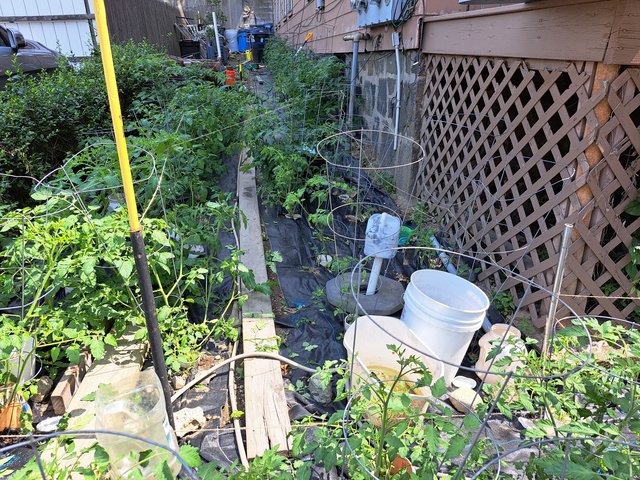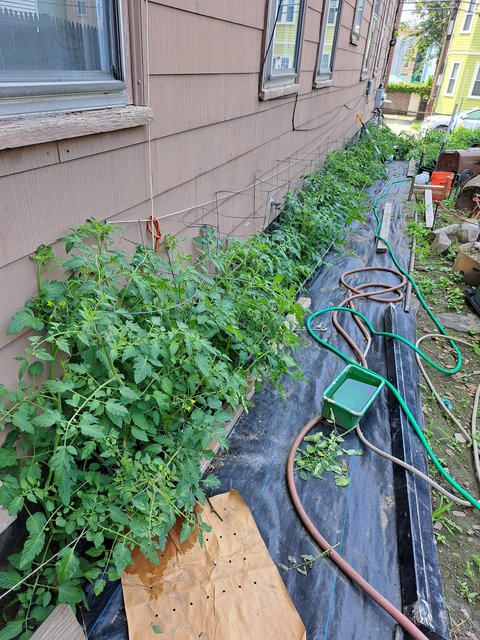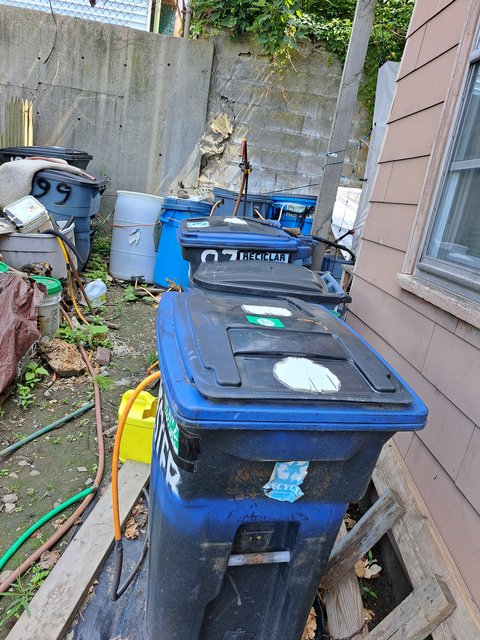
Worm Composting 101: How to Make a Simple Worm Bin
Wonderful wiggling worms are the starting point for healthy soil and can create truly awesome compost. Put worms to work in your garden by making your own wormery. It’s easy and will yield nutritious worm compost to enrich your soil. In this short video, we’ll show you how to make a wormery.
A wormery (or worm composter) is an inexpensive project that will produce nutrient-rich compost and liquid fertilizer. Wormeries don’t smell, are great for small gardens, and are a fun way for kids to learn about composting.
Make a Simple Wormery
A wormery is made up of at least two compartments. The bottom compartment collects any liquid that is produced. The top compartment is where the worms live and eat, and is also where your compost will be made. Using three trays instead of two makes it easier to collect the worm compost. Your wormery will also need a lid to prevent it from drying out, or flooding during rain.
The trays we’re using are 16x20in and 8in deep. You’ll also need a plastic faucet , a drill and drill bits.
Carefully cut or drill a hole in the bottom tray to fit the faucet snugly. Make the hole as low as possible in the tray so that liquid doesn’t pool in the bottom. Raise the wormery up on bricks to make it easier to drain the liquid if necessary.
In the top two trays, drill quarter inch holes about every two inches all over the base of both trays. The holes will allow the liquid produced by the worms to drip down into the collection tray at the bottom. Once a tray is full of worm compost, worms will migrate up through the holes into a new tray.
Drill a single row of holes near the top of both trays at the same size and spacing as above to improve ventilation.
Adding the Worms
Only use specific composting worms in your wormery. Most garden earthworms are slow at composting. You can order composting worms online.
Line the tray with a three-inch thick layer of bedding material such as dampened coir (coconut) fiber or good quality compost. Add your worms and they will soon bury themselves into their bedding. They spread a layer of kitchen waste on top—no more than a couple of inches thick to start with. You can also place a layer of burlap on top to keep your worms extra cozy. Leave the wormery for a week before adding any more food to allow the worms to settle into their new home.
Continues at:
https://www.almanac.com/video/worm-composting-101-how-make-simple-worm-bin
Happy gardening to all.

Good Morning!
:-)
Lots of foliage, but few flowers, but finally saw a couple bees! Thanks be to God for all.


Most water barrels are full, praise God. 
Besides minerals and increased bacterial activity, one of the things that worms eat in their passage through the soil is chitin, the exoskeleton of bugs. To digest them they produce chitonase, and enzyme, which is found in worm castings. Plants absorb this from the soil and it has positive benefits on a plants defensive mechanism. This enzyme weakens insects exoskeletons and makes them more vulnerable to disease or predator attack, a good reason to use worm castings.
If you have a worm farm include crab or lobster or crayfish shells in your feed. Also consider including crab shell fertilizer in your worm farm and garden to increase plant vigor. (Note that sow and pill bugs are land crustaceans covered in chitin and there are tons of them alive and dead in compost bins! The cooler bottom of the pile is a great place to live if you are a worm!) From:
"So how many of you organic farmers are using chitonase as and amendment to your soils and crops?
You know the derivatives from crab or shrimp and lobster shells. Insect frass is also a great source as well.
Studies have shown that chitonase can induce your crops SAR response by juicing up its immune system. It has also been shown to be a pest and fungal repellent.
Chitosan is derived from chitin, a polysaccharide found in exoskeleton of shellfish such as shrimp, lobster or crabs and cell wall of fungi.
Chitosan is a one of the most abundant natural amino polysaccharides extracted from the exoskeleton of crustaceans and insect, from fungal cell walls, etc.
Chitosan effects on plant response were first characterized as an elicitor. It was shown to be able to activate plant defensive genes through the octadecanoid pathway [70]. According to the defensive gene induction activity, chitosan was proved to induce disease resistance in several plants, with pathogen and plant cultivar specificity"
https://medcraveonline.com/APAR/APAR-01-00006.php
"Our review revealed that chitosan and COS have a potential to develop an alternative bactericide to prevent plant infections. Interesting theoretical and applied findings were gathered in recent years, whereas more are needed to examine the mechanisms governing the mode of action of these compounds. In the case of antimicrobial mode of action, future work should aim at clarifying the molecular details of the underlying mechanisms and their relevance to the antimicrobial activity of chitosan. In addition, participation and collaboration of research institutes, industry and government regulatory agencies will be the key for the success of the antimicrobial mechanism when applied in large scales. Therefore, future research should be directed towards understanding their molecular level details, which may provide insights into the unknown biochemical functions of chitosan and COS as well as help to accelerate their future and might assist in the goal of sustainable agriculture... snip"
More than you want to know at link!
:format(webp):no_upscale()/cdn.vox-cdn.com/uploads/chorus_asset/file/21728331/sand_worm_lighting.jpg)
:format(webp):no_upscale()/cdn.vox-cdn.com/uploads/chorus_asset/file/21728340/sand_worm_turning.jpg)